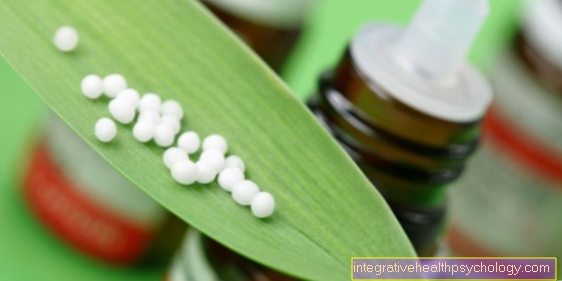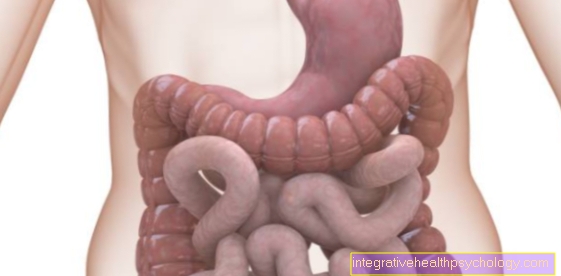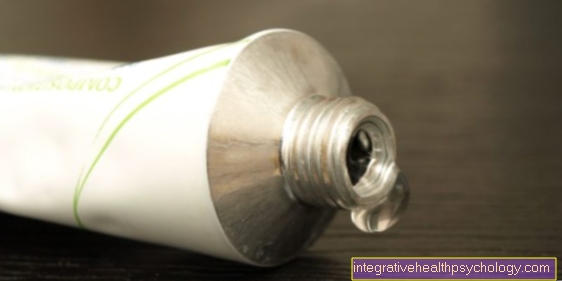Basil
Latin name: Ocimum basil
Genus: Mint family
Common names: Basil, German pepper, royal cabbage
Plant description basil
Plant description: Annual herb, bushy branched, 50 cm high, leaves ovate, slightly toothed, flowers small, white, pink to purple-red
Origin: Probably originates from India, north of the Alps basil does not grow outdoors
Cultivation: It is grown in gardens or crops and is very sensitive to cold.
Plant parts used medicinally
The whole herb (without roots)
ingredients
Essential oils, tannins, flavonoids
Medicinal properties and uses of basil
Basil promotes digestion, used for loss of appetite, flatulence, stomach complaints, constipation. Nervous restlessness and insomnia are other healing indications. Basil has been used as a spice since ancient times and is valued as an invigorating and digestive spice for fatty dishes. Often used in the kitchen today.
Preparation of basil
In addition to using it as a spice, basil can be used to make tea: Pour 1 to 2 heaped teaspoons of basil with ¼ l of boiling water, let it steep for 10 to 15 minutes, strain and drink a cup of unsweetened tea as required.
As a cure (especially for chronic flatulence) you can drink 2 cups of tea a day for a week, take a week off, then drink 2 cups of basil tea every day for a week.
Combination with other medicinal plants
Basil is often used as a flavor-enhancing component in stomach and digestive teas (for example, can be combined with lemon balm, thyme, anise, chamomile, peppermint, dandelion, celandine, artichoke)
side effect
not known





























